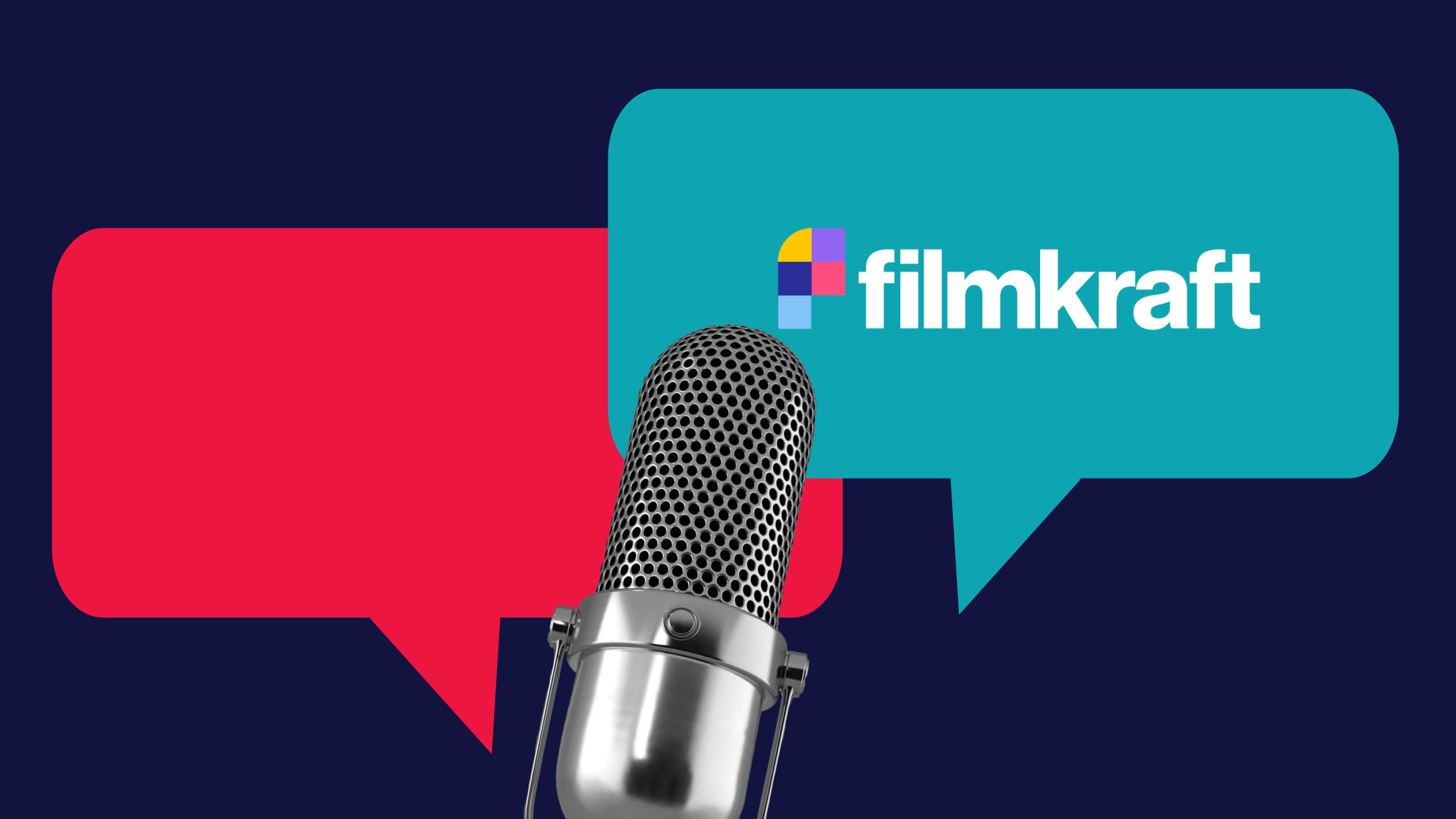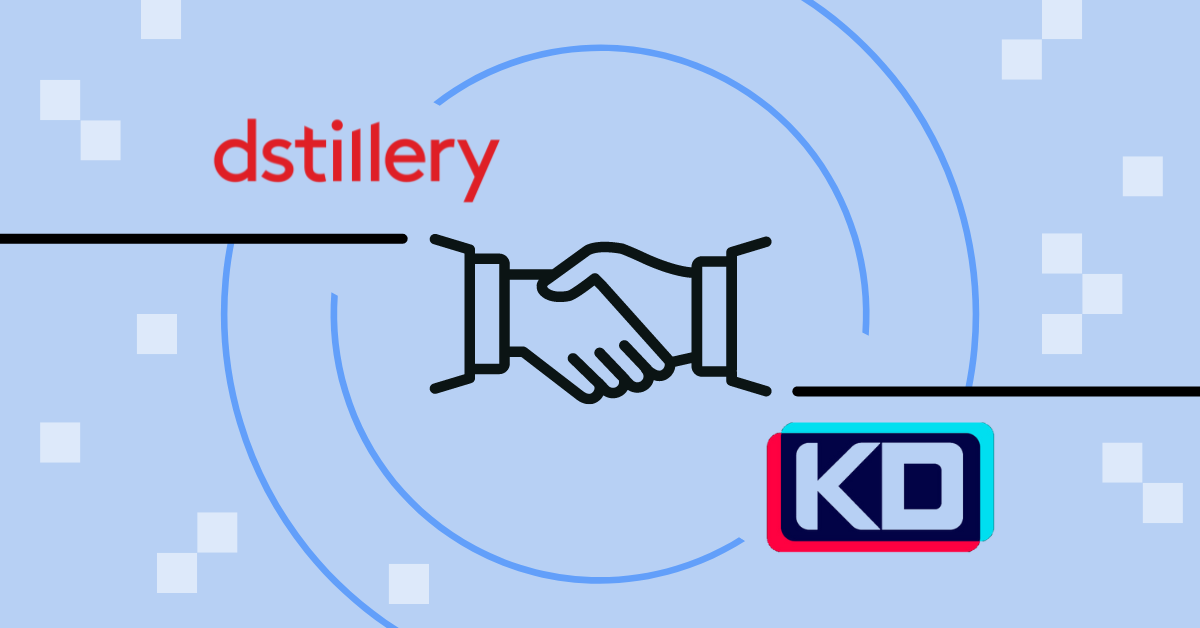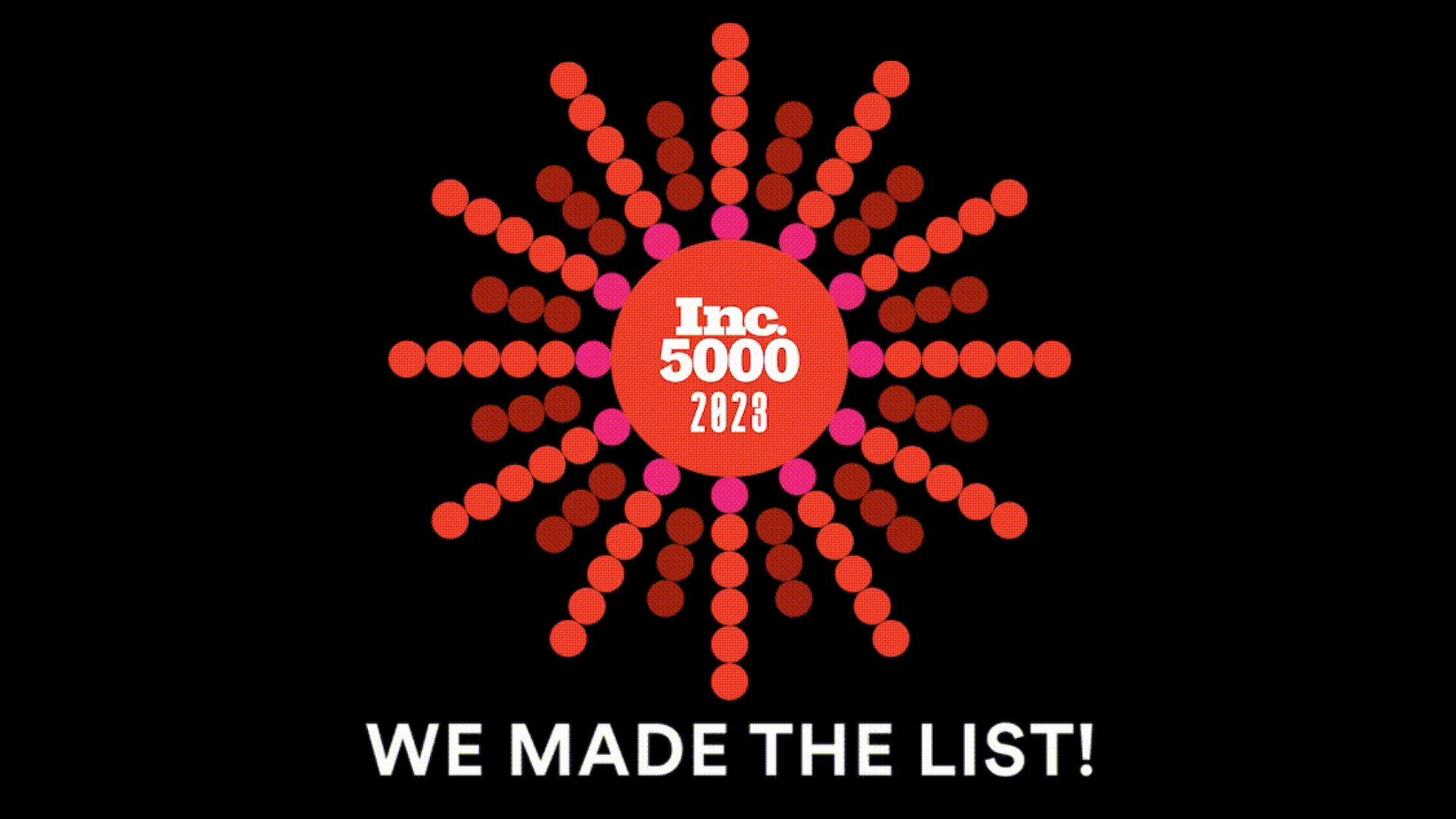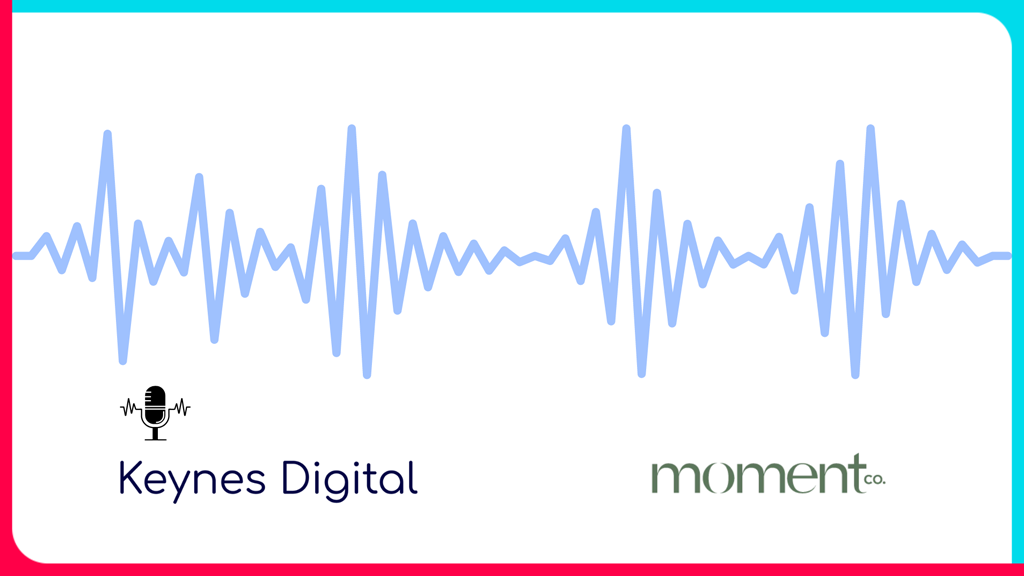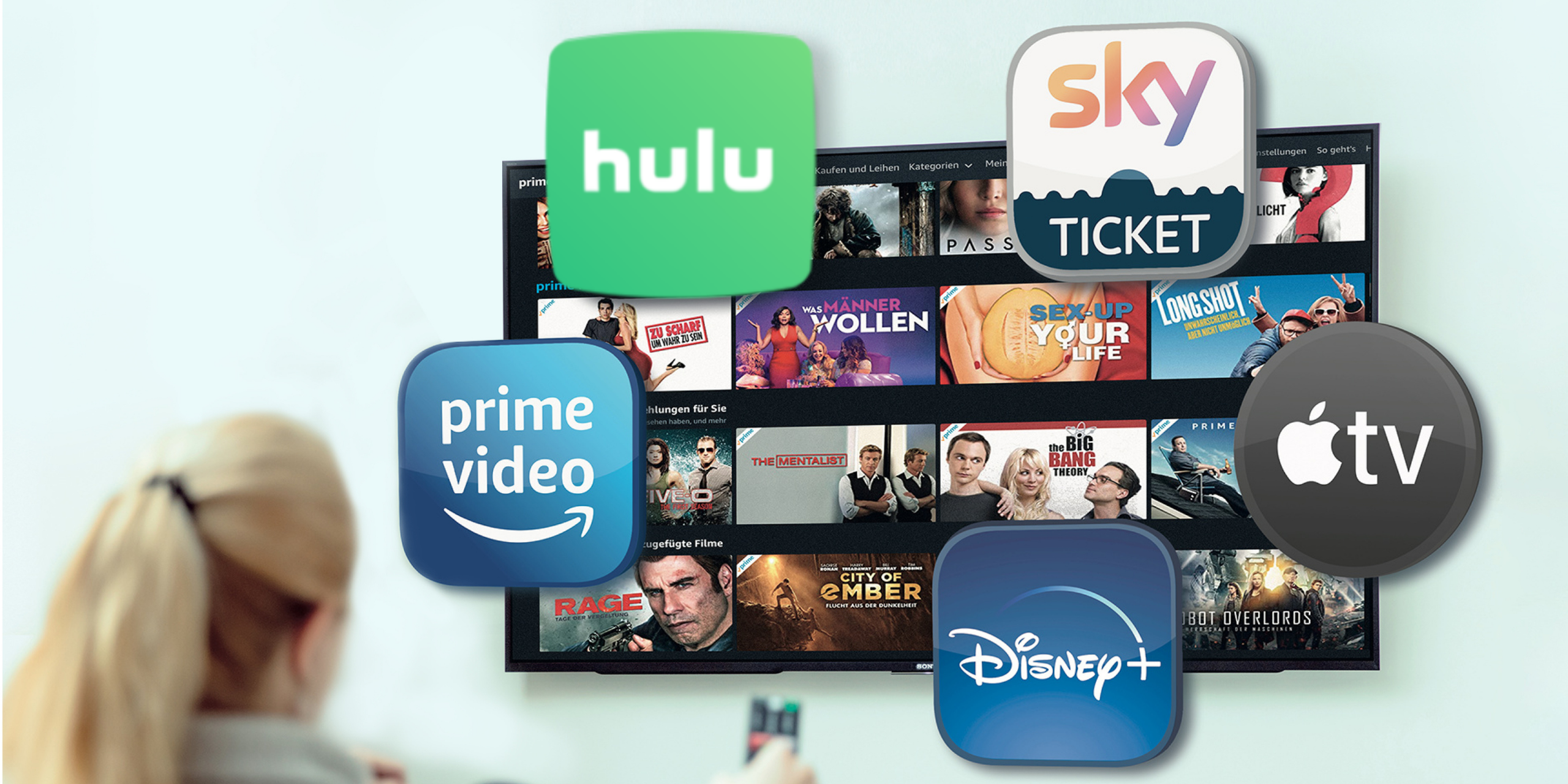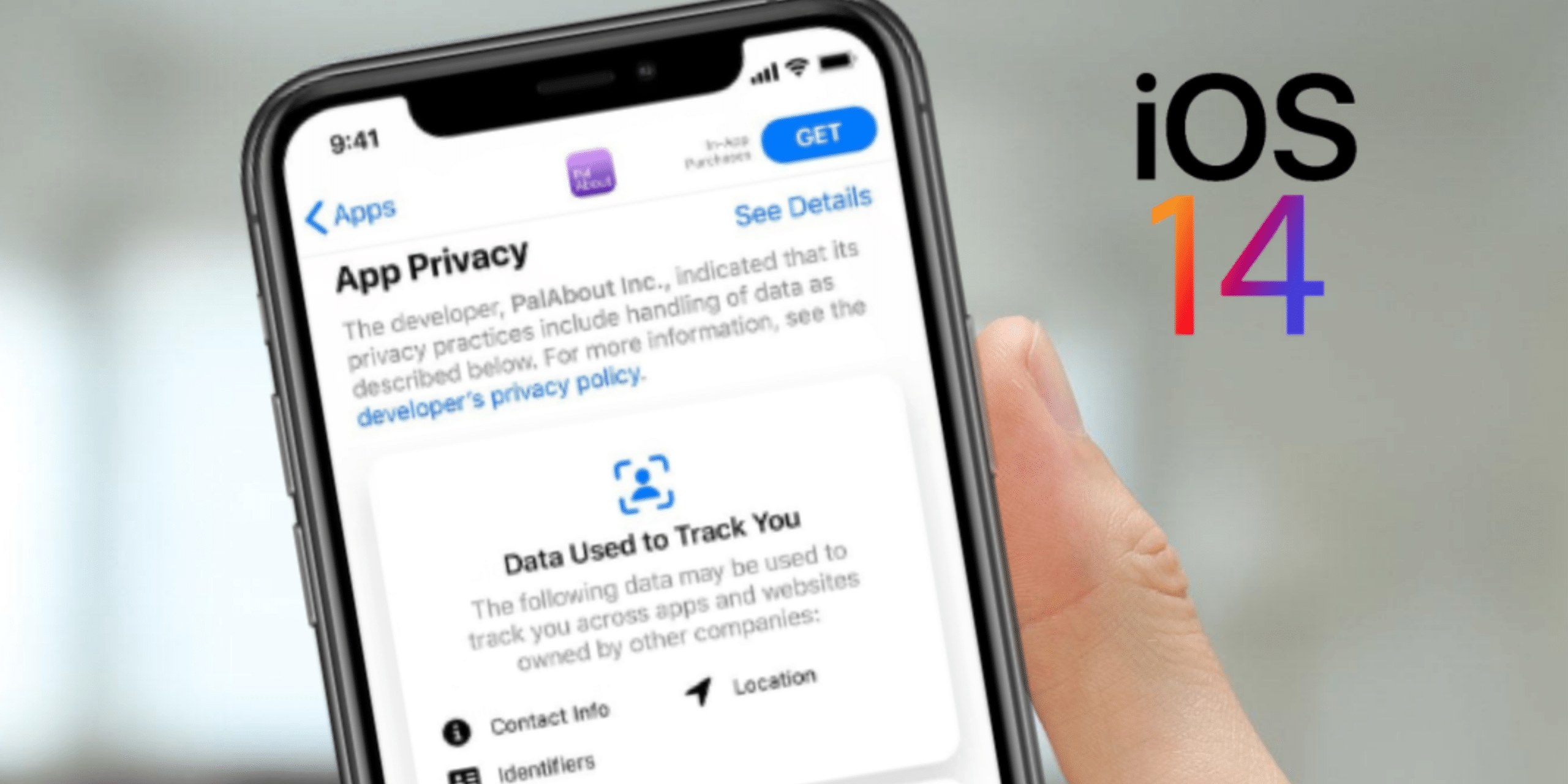Many of our partners are asking how iOS14 will impact their campaigns.
We sat down with Matt Hrushka, a seasoned mobile marketing expert, to discuss how iOS14 will change the way advertisers target users. Matt gave us the lowdown on what we should expect from this update and what we need to know in order to continue to execute successful marketing campaigns.
Q: In a nutshell what are the major updates from iOS 14?
The largest and most important update was Apple’s new privacy centric stance and the default opt-in of the IDFA (Identifier for Advertisers). If you’re unfamiliar with what this is, the IDFA is the identifier for mobile and app owners. This ID is assigned to mobile devices by Apple to allow applications to track their paid media campaigns and value provided (installs, signups, purchases or other downstream events). In the current and previous iOS operating systems, this identifier was opted in by default and the backbone in most digital advertising companies’ infrastructure in regards to tracking.
Q: How do you see iOS 14 impacting digital advertising?
Implications of opt-in tracking only are vast. Especially as additional consumers are becoming more and more educated about their data, usage and the number of data breaches that are happening every year.

Generally, when you download an iOS application, you’re forced to accept/deny quite a few prompts (push notifications, location, contacts, etc.). No surprise that these rates are typically on the lower end in regards to the overall user base. For instance, push notifications on average are 40% industry wide, meaning 60% of the user base has asked you not to communicate within them during app ownership.
Data is a totally different story, this is where it gets very personal. Some of the screenshots Apple has shown us gives a full view into the application tracking and privacy elements (screenshot right). I would expect opt-in rates for this to be significantly lower than the mentioned push notifications, somewhere from 0-15%.
These low performing opt-ins rates are what will create the ripple within the industry based on the IDFA not being available to companies within the supply waterfall to claim or show attribution to the advertiser.
Q: Connected TV advertising has skyrocketed these last few years and especially in these last few months. How do you see this impacting advertisers ability to target their audiences?
I see this shift within the mobile industry as an opportunity for Connected TV advertising to continue to thrive, advertisers will be placing their budget into areas where they can track or understand the activity of their paid media campaigns. Roku, Amazon, Hulu, etc. all have their own IDs and are able to track and allow targeting of their users. We’ve seen over the past couple months that advertisers don’t want to continue to dump their money into Facebook and Youtube and given the pandemic, Connected TV advertising is a great avenue to shift their budgets.
Even in scenarios, you want to drive an app install on iOS through Connected TV, IDFA wouldn’t be your primary use of attribution. You’d most likely use a series of fingerprinting logic, deep linking or probabilistic methods to verify that install as there are multiple touches within that user journey.
Q: If you were putting together a mobile marketing strategy post iOS14’s launch, how would you combat this update?
First, trust your MMP and the solutions they are bringing to the table in regards to your data and how to provide attribution to your campaigns. Second, I would find trusted partners that are already transparent and open about data and media buying practices. Implications around removing IDFAs can mean more fraud in certain instances. Third, test new verticals to acquire users, practices that have worked in the past may not work again in the future due to such a drastic change. If you’re not testing, you’re not learning or adjusting to the new iOS release.
Q: Is there an industry, vertical or demographic that will be most impacted?
Retargeting will be severely impacted. The IDFA is what they use for reaching their audience, so finding a solution for a replacement will be key to identifying and targeting that user with their remarketing message. Important to understand that some users that do still opt-in will have that IDFA still appended to their profile, so the ability to reach some users will still be available, just not at scale.
Q: In summary what should marketers be doing differently?
Marketers and advertisers should be agile, trusting what data they do have and using tools provided throughout the funnel to make the best most educated decisions when purchasing media. The testing portion above is crucial as well, this landscape is shifting but on a positive note, the growing pains is what we’re feeling today. This will pass as we need to be more agile and thoughtful in what data we’re collecting and how to obtain the conversion we’re looking to drive.

This interview featured Matthew Hrushka, a mobile marketing expert at IAB Tech Lab and the Director of Acquisition Marketing at Startpage, a private search engine. He focuses on growing the industry through user acquisition, privacy, and engagement.





